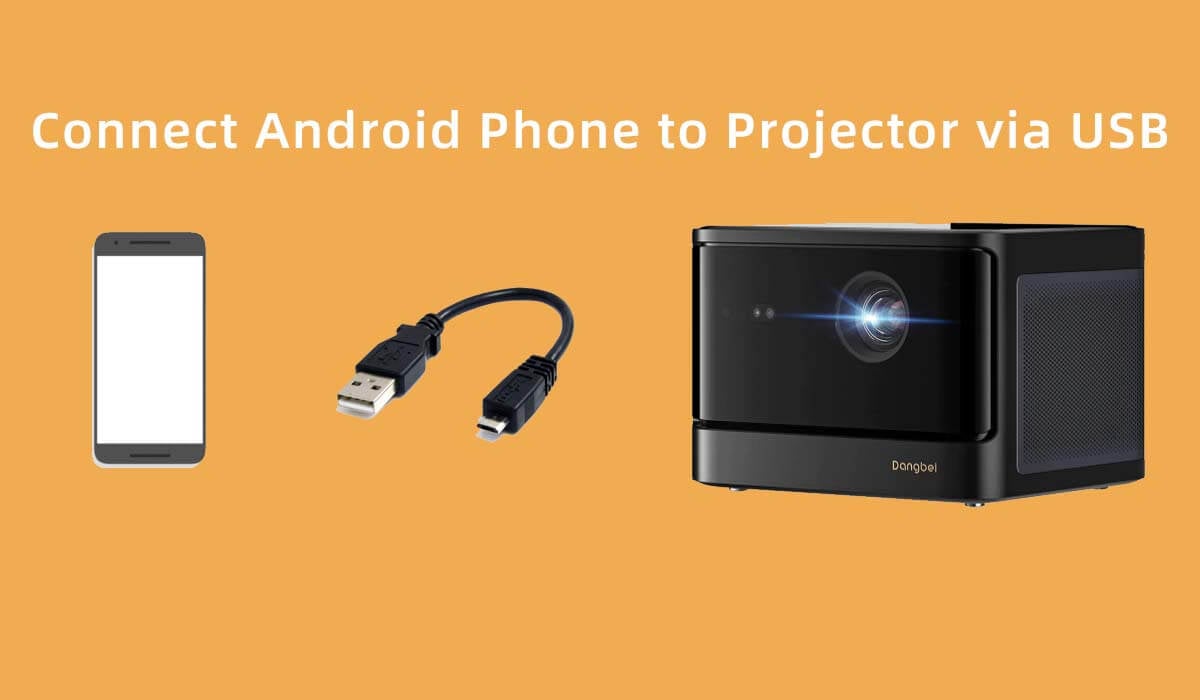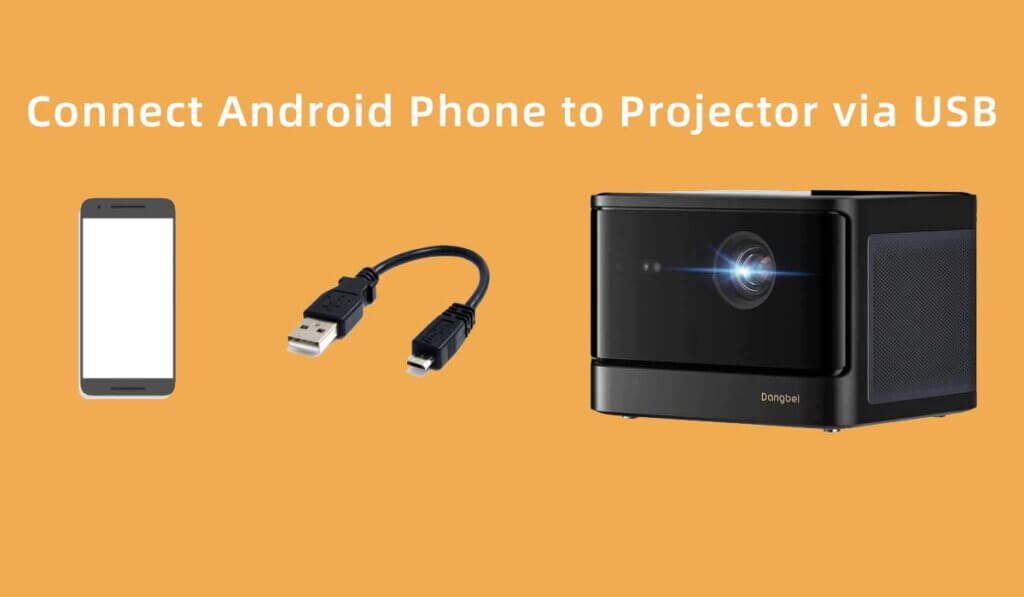

Connecting your Android phone to a projector via USB can be a convenient way to share content with a larger audience, whether it’s for a presentation, movie night, or simply displaying your phone’s screen on a bigger canvas. In this guide, we’ll walk you through the steps to connect your Android device to a projector using a USB cable. This method is suitable for various projector models and Android phones.


Step 1: Check Your Projector and Phone Compatibility
Before you begin, ensure that your projector has a USB port that supports data transfer. Most modern projectors have USB ports, but it’s essential to verify the compatibility. Additionally, make sure your Android phone supports USB OTG (On-The-Go) functionality, allowing it to connect to external devices.
Step 2: Gather the Required Equipment
To connect your Android phone to the projector via USB, you’ll need the following:
Step 3: Prepare Your Android Phone
Step 4: Connect Your Android Phone to the Projector
Follow these steps to connect your Android phone to the projector:
Step 5: Adjust Display Settings (if necessary)
Depending on your Android phone and projector, you might need to adjust the display settings. Go to your phone’s display settings and select ‘Cast Screen’ or ‘Wireless Display.’ From there, you can change the screen mirroring preferences as needed.
Step 6: Enjoy Your Content
Once the connection is established, you can start sharing content from your Android phone on the projector. Play videos, show presentations, browse the web, or display photos—all directly from your phone.
Conclusion
Connecting your Android phone to a projector via USB is a straightforward process that allows you to share your phone’s screen with a larger audience. By following these steps, you can enjoy a seamless connection and make the most of your Android device’s capabilities in various settings, from business presentations to entertainment at home.